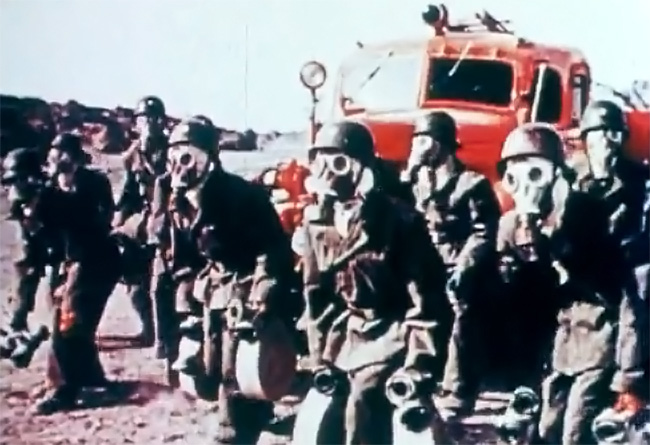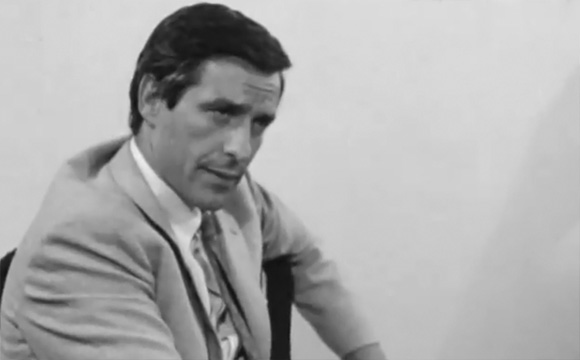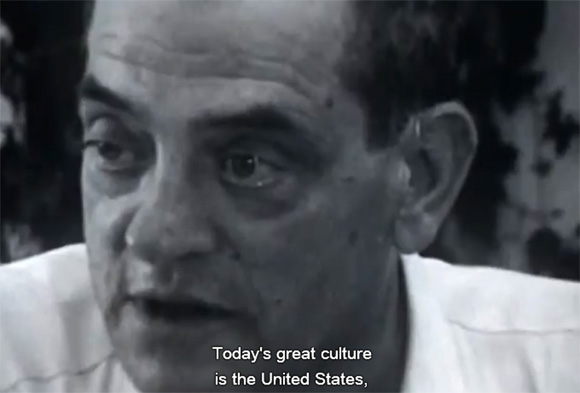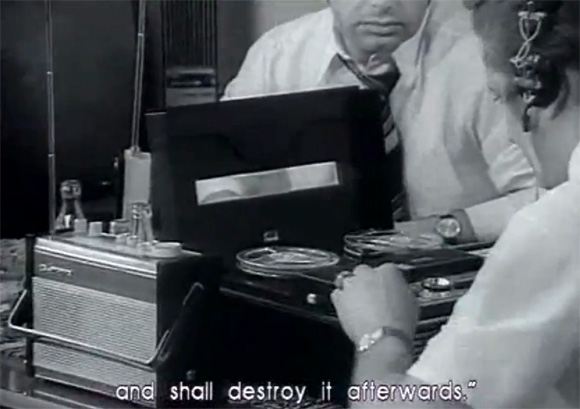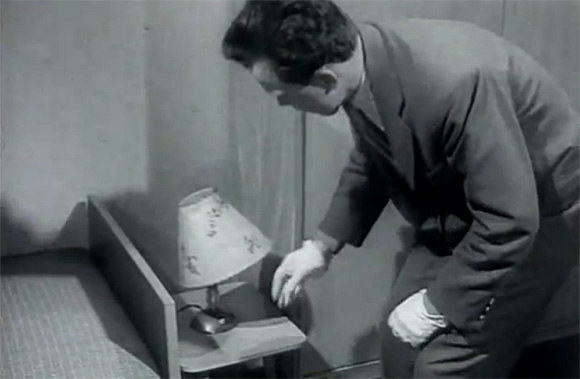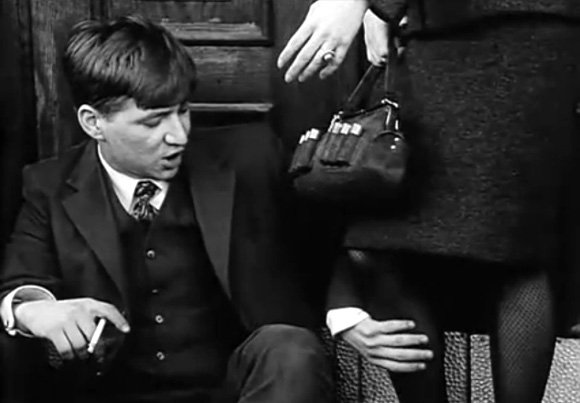This is a Chinese propaganda film from 1966 about the communist country’s first nuclear weapons tests starting in 1964. The film shows the preparation of the testing area and the participation of the scientists and workers organized for the event which shocked the world. The soundtrack features a complete English translation of the narration which is delivered in a rather deadpan fashion, contrasting with the obvious enthusiasm of the original Chinese narrator.
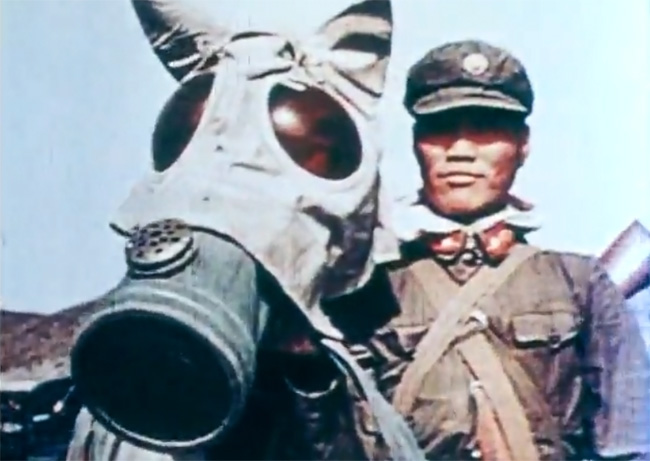 Most interesting to me in nuclear testing documentaries, both from the communist and democratic worlds of the mid-twentieth century, is the willingness of researchers to subject both animals and people to the effects of nuclear fallout. One would think that some of those U.S. and Chinese soldiers placed out in the desert to weather a nuclear blast with sunglasses would have decided to pick up some machine guns and slaughter a few commanding officers rather than risk the deadly radiation. That’s the problem with being a soldier. You have to follow some idiot’s orders and those orders can easily place you right up against a threat to your life and health that may be totally unnecessary. The twentieth century was filled with masses of people who willingly subjected themselves to the instructions of leaders and dropped themselves right into the meat-grinder of war, sacrificing themselves to some vague idea of glory which was actually just the glory of the guys at the bank. We’re doing it a little differently now in the U.S., making war with drones and ‘volunteer’ armies. But the fact is that people are still sacrificing themselves for some idea that’s never been properly explained to them. So they tell themselves that the idea they fight for is ‘freedom.’ We’ve somehow used the events of 9/11 to convince many people to volunteer for a fight they don’t understand. 9/11 was a criminal act by a criminal organization, not a true act of war. The inability to understand that has led to decades of hatred and an all-encompassing worldwide war of vagueness that infiltrates every daily activity, even those as simple as taking a photograph in a subway or near an airport. The terror organizations we fight all over the world could only ever hope to kill as many people in a single year as the drug cartels do. So why aren’t we flying drones over Mexico, killing anyone who looks like a cartel member?
Most interesting to me in nuclear testing documentaries, both from the communist and democratic worlds of the mid-twentieth century, is the willingness of researchers to subject both animals and people to the effects of nuclear fallout. One would think that some of those U.S. and Chinese soldiers placed out in the desert to weather a nuclear blast with sunglasses would have decided to pick up some machine guns and slaughter a few commanding officers rather than risk the deadly radiation. That’s the problem with being a soldier. You have to follow some idiot’s orders and those orders can easily place you right up against a threat to your life and health that may be totally unnecessary. The twentieth century was filled with masses of people who willingly subjected themselves to the instructions of leaders and dropped themselves right into the meat-grinder of war, sacrificing themselves to some vague idea of glory which was actually just the glory of the guys at the bank. We’re doing it a little differently now in the U.S., making war with drones and ‘volunteer’ armies. But the fact is that people are still sacrificing themselves for some idea that’s never been properly explained to them. So they tell themselves that the idea they fight for is ‘freedom.’ We’ve somehow used the events of 9/11 to convince many people to volunteer for a fight they don’t understand. 9/11 was a criminal act by a criminal organization, not a true act of war. The inability to understand that has led to decades of hatred and an all-encompassing worldwide war of vagueness that infiltrates every daily activity, even those as simple as taking a photograph in a subway or near an airport. The terror organizations we fight all over the world could only ever hope to kill as many people in a single year as the drug cartels do. So why aren’t we flying drones over Mexico, killing anyone who looks like a cartel member?
So enjoy the film. What it’s really about is how people turn themselves into horses.
